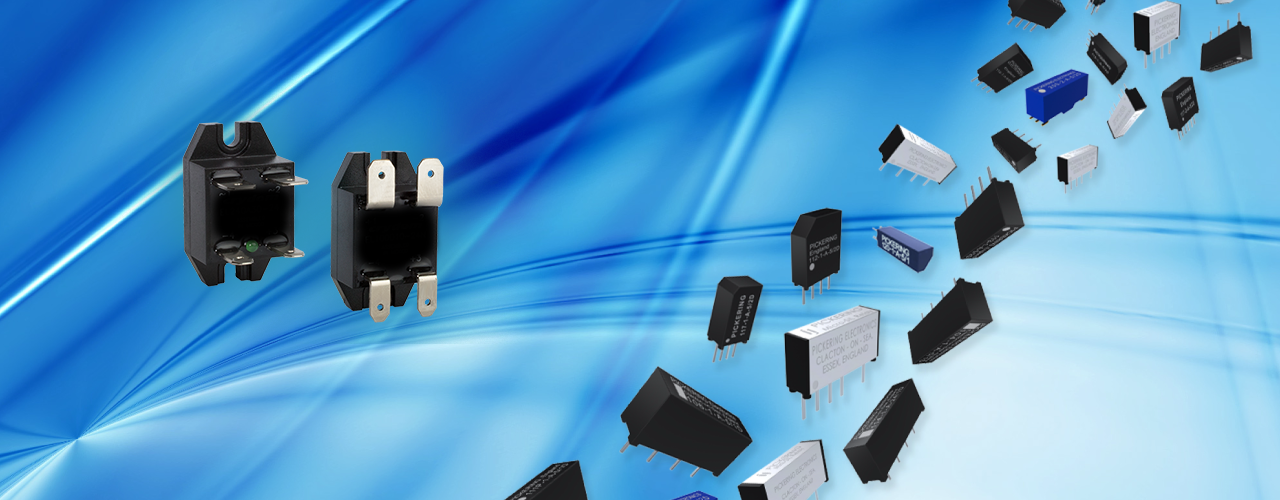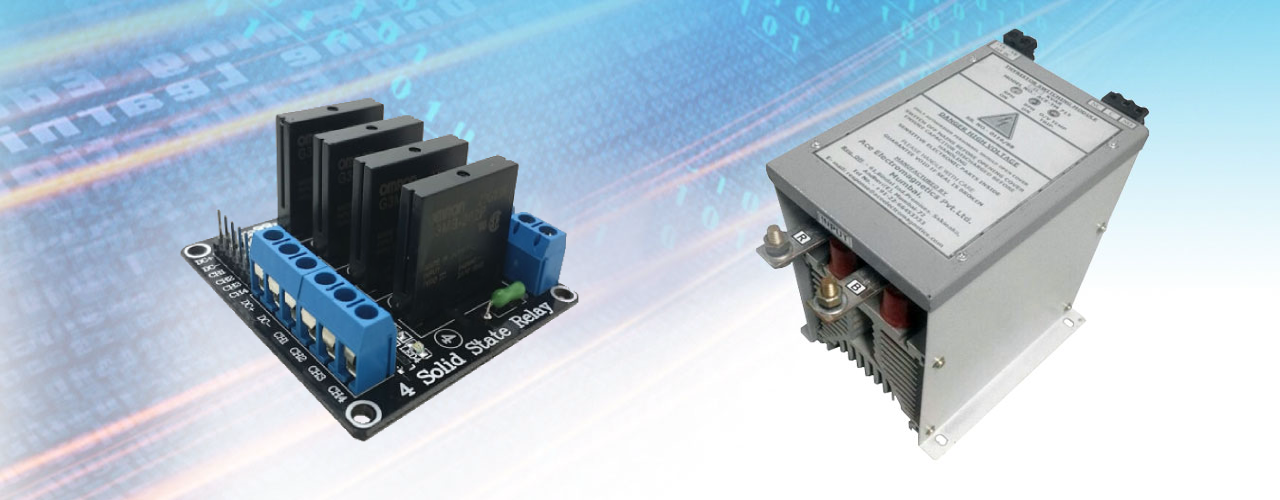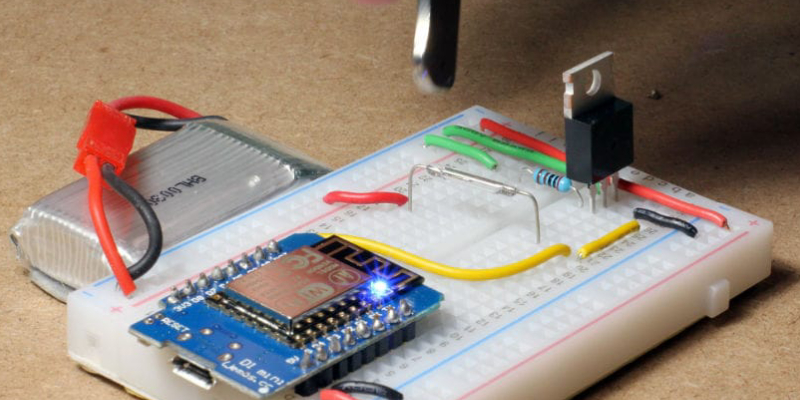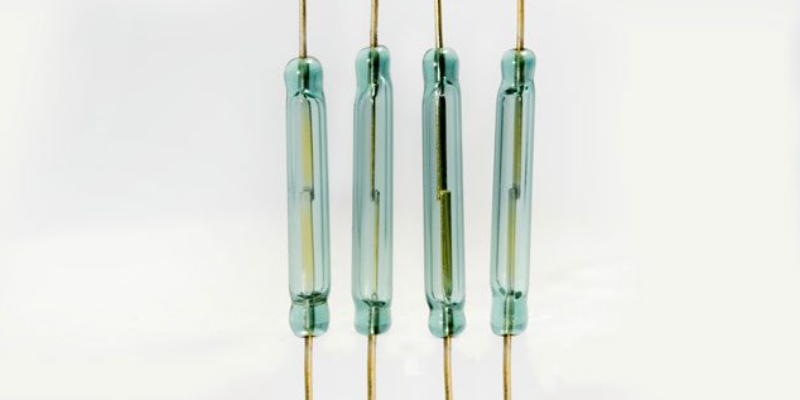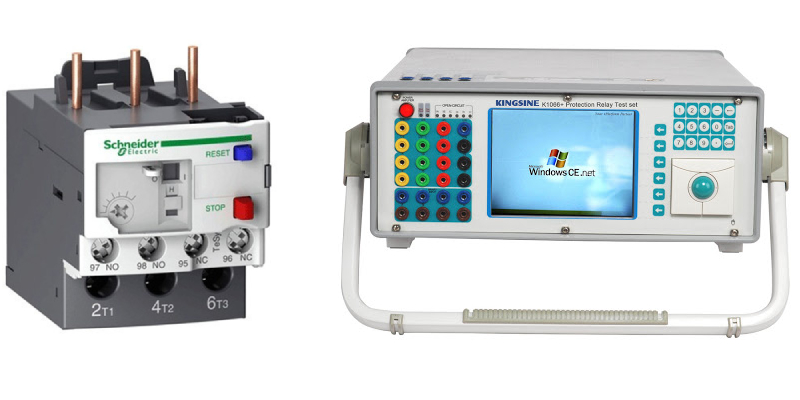Leading Information Provider Of Different Relays
Naaz Electronics is known as the best place to know about all the different types of relays available in India. With a man-force that has made it a point to know all about electromechanical relays, we are the best relay source for you. From optimum quality relays to relays at the best competitive rates, we are the house known to have the information of relays that cater to a diverse application in all types of industry domains. Innovation, energy and customer centricity are the three pillars on which we base our entire company. We bring you relay information ahead of the change.

Introduction of Electronic Relays
An electronic relay comprises of an electromagnet and a contact unit. In other words, it is an electromechanical switch. The relay works when an electric current, which is above a specified value, flows to the electromagnet. This creates an electromagnetic attraction which activates the contact unit. This voltage and current, known as the input signal, when applied to the coil opens and closes the contact unit.
This signal is then generally passed over to an output part like a motor or engine. Relays are found in various devices that are used almost everywhere. Even the first computers that were built made use of relays. Relays generally have high life expectancy. But like all electronic and mechanical devices, some tend to last longer than other.
Types Of Relays
The different types of relays are categorized by their function.
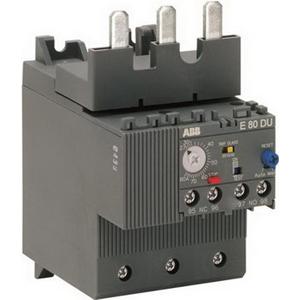
Electromagnetic Relays
These include the three components, Mechanical components, Electrical components and Magnetic components. This includes mechanical and operating parts like coil and contacts. When the system’s supply is activated the coil and the mechanical contacts either open or shut. The kind of supply used can be either alternating current or direct current. The choice of supply depends upon where the relay is used.

Solid State Relays
These are so-called because they conduct the switching operation with parts that do not move. The power gain is higher in these than electromagnetic relays. It is because the control energy needed is lower to the output power. Two examples of these relays are photo-coupled SSR and reed relay coupled SSR.

Hybrid Relay
These kinds of relays are made of both electromagnetic and electronic components. The electromagnetic part of the relay is used as the output section while the input section is made of electronic components. This electronic circuitry is used for control functions and rectification.

Thermal Relay
When the ambient temperature moves over the limit, the contact unit of these relay switch position, i.e., the operation is based on the level of heat. They are made of bimetallic elements. For example, temperature sensors and control elements. A type of thermal relay is the thermal overload relays.

Reed Relay
A pair of magnetic strips sealed within a glass tube makes such relays. The reed is an armature as well as a contact blade. The magnetic field is applied to the coil which is wrapped around the glass tube.
Bring about a complete transformation to your business and company through revolutionary Industrial Electronic Relays products and technologies.
